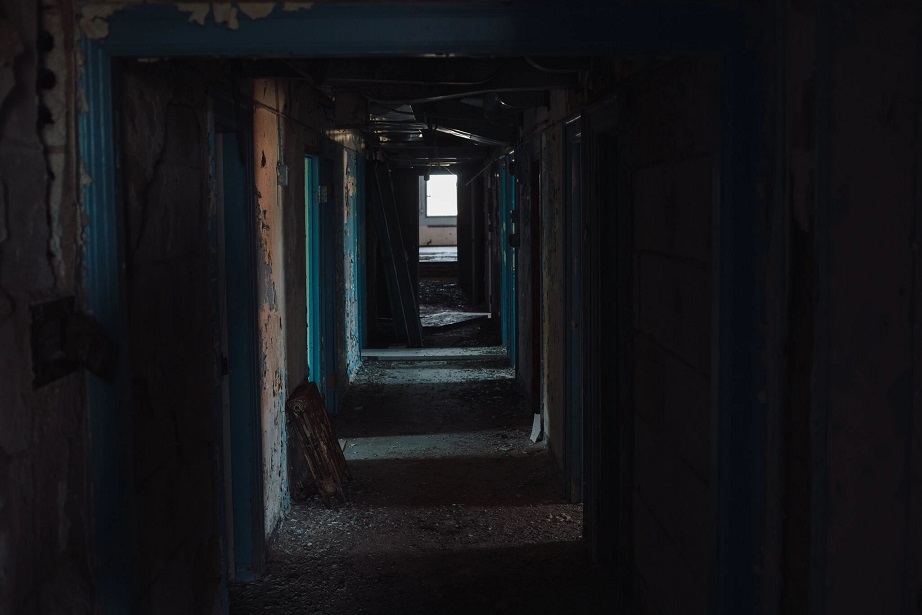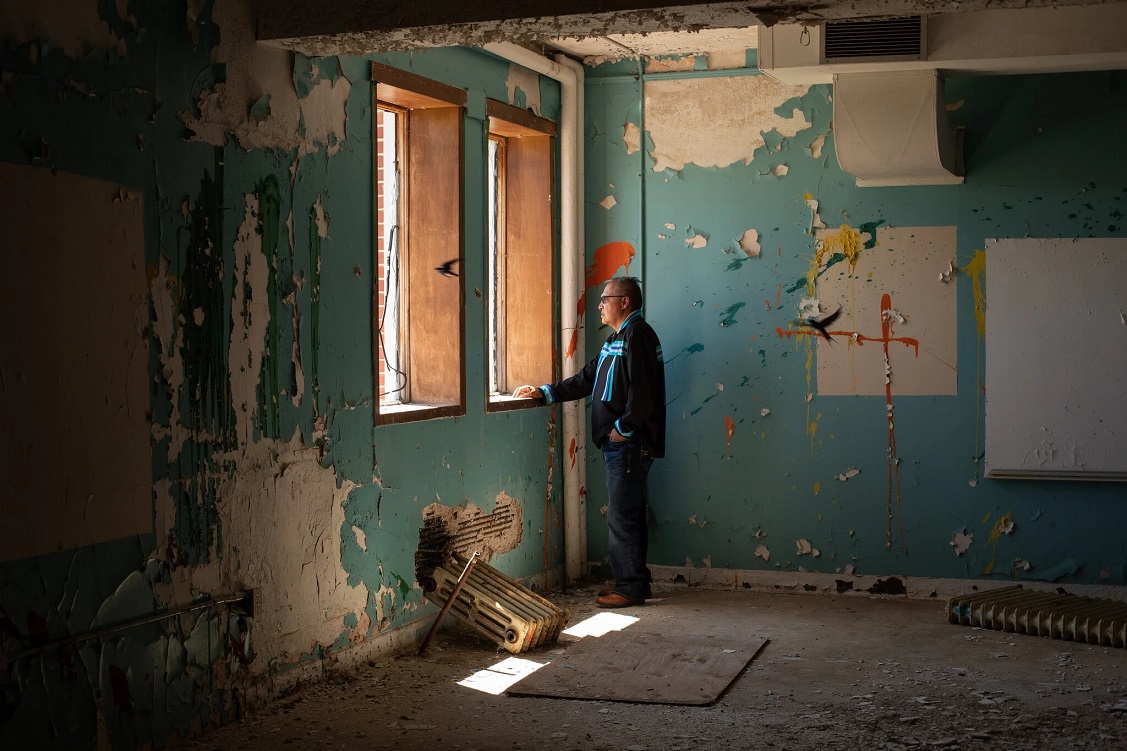Two gruesome discoveries of what Indigenous groups say are the remains of hundreds of
children have strengthened the groups’ resolve to hold the country accountable for a long-hidden brutal history.
MUSKOWEKWAN FIRST NATION, Saskatchewan — At age 6, Ken Thomas said he was put in a van, driven two hours from his home, and dropped on the steps of the Muskowekwan Indian Residential School. The nuns immediately shaved off his braids, and he soon learned that whenever he spoke his Indigenous language they would wash out his mouth with soap.
During his 10 years there he experienced many more searing horrors. He recalled a friend committing suicide after being stripped naked and locked into a dorm after trying to escape. Mr. Thomas and the other boys found their friend hanging lifeless in the shower.
And like many other students, he says he saw human bones being unearthed by unsuspecting contractors connecting a water line on school grounds. Some students had gone missing and he had heard rumors that they had died and been buried there.
From the 1880s through the 1990s, the Canadian government forcibly removed at least 150,000 Indigenous children like Mr. Thomas from their homes and sent them to residential schools designed to sever them from their culture and assimilate them into Western ways — a system that a National Truth and Reconciliation Commission in 2008 called “cultural genocide.” At the schools, which were mostly run by the Catholic Church, sexual, physical and emotional abuse and violence were commonplace. Thousands of children went missing.
Now Canadians are learning even more about this disturbing history. In the past four weeks, two Indigenous communities said they have discovered hundreds of unmarked graves of children who may have died at the schools of disease or neglect, or even been killed. And the revelation has stoked a new resolve among Indigenous groups to hold the country accountable for its brutal past, and increased pressure on the government of Prime Minister Justin Trudeau to put in place the 94 recommendations of the commission.
It is also potentially changing the way Canadians think about their history.
 |
|
Jim Miller, history professor emeritus at the University of Saskatchewan, said that since 1983, when he began studying the residential school system, public awareness of the history outside of Indigenous communities has periodically risen, only to ebb again.
He said that since the recent discoveries of unmarked graves, interest has been markedly strong, and that he had never seen a time when it was “this intense or widespread.”
“This is, in my experience, unprecedented in its scope,” he said. “And I find it very difficult to believe that we can go back to ignoring the ills and legacy of residential schooling after this.”
The reconciliation commission estimated that about 4,100 children vanished from the schools nationwide. But an Indigenous former judge who led the commission, Murray Sinclair, said in an email this month that he now believed the number was “well beyond 10,000.”
“People say: ‘Oh, get over it, it’s done,” said Cynthia Desjarlais, a councilor for the Muskowekwan First Nation who is leading the effort to locate the remains of children who were forced to attend that school and never returned home. “We need to work on this.”
In recent years, Indigenous communities have been pushing to use improved ground-penetrating radar technologies to search for graves of missing children.
On Friday, Cowessess First Nation in Saskatchewan said it had found the remains of as many as 751 people, most of them likely children, at the Marieval Indian Residential School, about 87 miles from the provincial capital, Regina. In May, Tk’emlups te Secwepemc First Nation in British Columbia said it had discovered the remains of 215 people, also likely mostly children, at Kamloops Indian Residential School.
Muskowekwan, where Mr. Thomas was forced to attend school, was the site of one of the earliest searches for remains.
The red brick and stone school building opened in 1931, and operated until 1997, first under the Catholic Church, then under the federal government and finally under the First Nation itself. Its facade is now pockmarked with broken windows and particle board patches that prove futile at keeping out birds and visitors.
In 2018, students from four universities drove to the school to begin searching for unmarked graves. For four days they swept a small portion of that land, once used to grow potatoes, with ground-penetrating radar, a technology that has become more sensitive in recent years.
Their search revealed what many in the community had expected and feared — the remains of 35 people, most of them children, in unmarked graves.
In general, Muskowekwan drew its pupils from up to a half dozen Indigenous communities in a wide area north of Regina, the provincial capital. But Ms. Desjarlais of the Muskowekwan First Nation boarded at the school although her family lived close by. She said she had nightmares that she would never see her mother again.
When Mr. Thomas, who is Anishinaabe, arrived in 1973, he was too young to comprehend what was happening.
“I had no clue what was going on,” said Mr. Thomas, who is now 53. “I came to the school with the braids and about an hour later, those braids are gone. My head was shaved. So that was kind of the start of how I was introduced into the residential schools.”
On a recent day, as he walked through the school — its floors littered with bird droppings, peeled paint and feathers — Mr. Thomas described his harrowing memories.
In the darkness of what had once been his dorm room, he pointed out the series of shower stalls where the friend who committed suicide had been punished for trying to escape.
The Kamloops Indian Residential School, about 900 miles to the west of Muskowekwan, has been replaced by a new Indigenous community school nearby. At the grounds of the old school, the search for the remains of more missing children is continuing.
Guards keep the curious away from an overgrown orchard that appears to be the locus of the search. A perfectly manicured soccer field sits in front of the old school building.
The poet Garry Gottfriedson boarded at the residential school, but returned years later to become a teacher and eventually principal of the new school.
Mr. Gottfriedson attended Kamloops for about seven years, from 1959 to 1963, until he and some of his 13 siblings escaped the system. Their mother, and other women in the Indigenous community, successfully petitioned to send their children to the local public schools instead.
Now retired from the school, Mr. Gottfriedson teaches writing at Thompson Rivers University. He said the discovery of the unmarked graves has revived bitter memories for him; the only salve was to return to traditional land in the company of family members.
BLOG COMMENTS POWERED BY DISQUS



